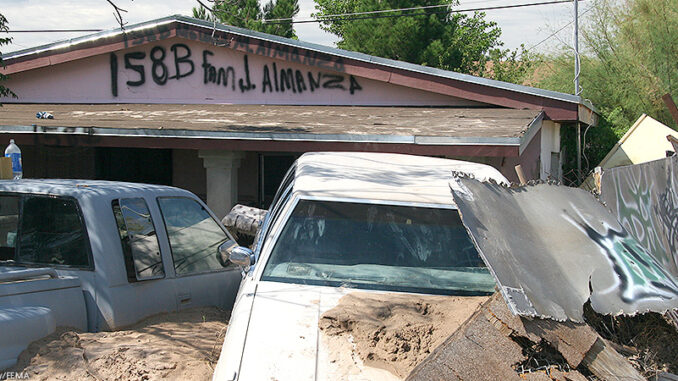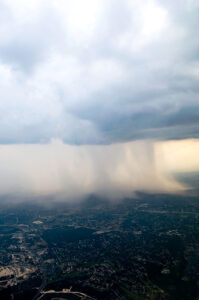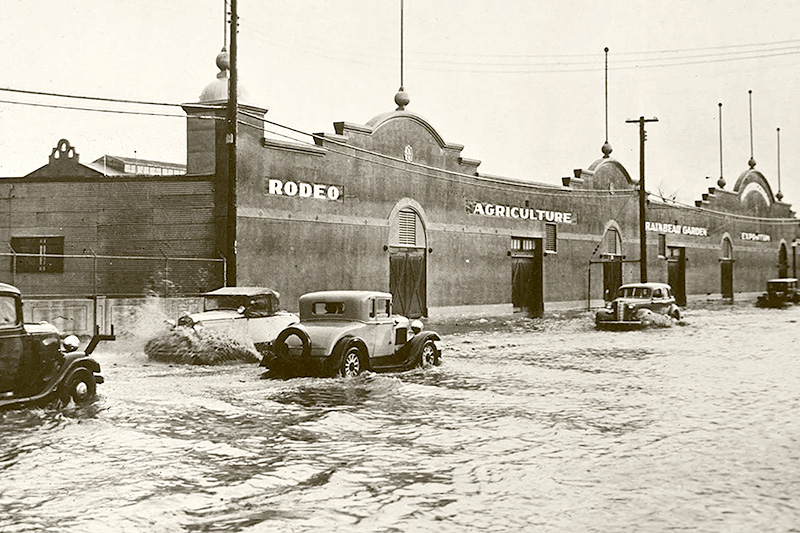

Last summer, the state of Texas was in the middle of a severe drought. Heavy rains and tornadoes over the recent Memorial Day weekend, however, have saturated the ground and caused flooding across much of the north and eastern part of the state.
Oklahoma, Louisiana, Arkansas, Missouri, and parts of Kansas have all experienced record rainfalls for May. To understand what happened, we take a closer look at floods and the challenges faced in returning to life-as-usual.
Rising Threat
Water is a powerful force. It may look innocent enough–clear, shapeless, and a consistent presence in our daily lives–but water is deceptively strong. (If you’ve ever pushed one of those huge marble spheres hovering atop a fountain of water, you know this.) Rain and wind alone can cause considerable damage to a community, but when rivers and other bodies of water overflow their banks, it can cause widespread devastation.
Fast-moving water is particularly dangerous, uprooting trees and homes in its path. People tend to underestimate its power, driving through blockades, for instance, not realizing that a car can be fully swept away in a just a few feet of water.
Hays County, Texas (which contains Austin), was hit especially hard when the Blanco River rose more than 30 feet in less than three hours, surpassing its record hit previously set in 1929. The Brazos River southwest of Houston also caused concern. Nearly a thousand people were evacuated from their homes; many houses were damaged and some ripped from their foundations. At least 24 people have been confirmed dead, with others still missing.

Recovery
Once the rains stop, it can take a long time for life to return to normal after a flood. Damage has been estimated to exceed $45 million. Power lines were knocked down, leaving nearly 88,000 without power. Texas governor Greg Abbott declared thirty-seven counties across the state disaster areas and President Obama later signed a disaster declaration that will allocate federal funds to help rebuild the affected communities. (To find out if you live in an area that has been declared a recipient of federal disaster funds, check this Web site.)
Floodwater can be dangerous because it can contain bacteria, debris, and chemical runoff from farmed fields. Engineers have begun the process of removing millions of gallons of water from the swollen waterways. The aftermath of any disaster can attract those who wish to take advantage of those who are vulnerable. Texas Attorney General has issued a warning that citizens be wary of cleanup scams, those who offer reconstruction services and skip town after a deposit is made.
